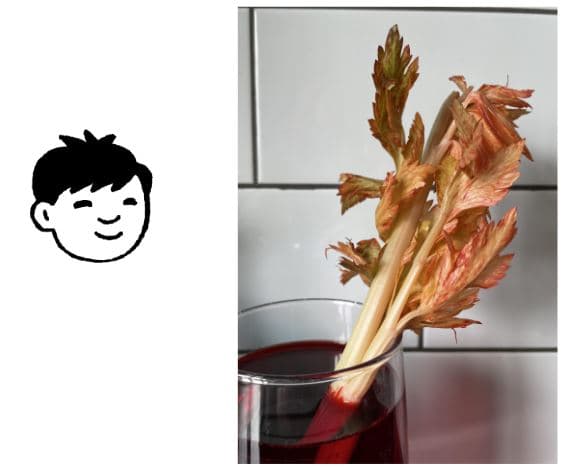Myths about teaching can hold you back
- Year 3
How water is transported in plants
I can investigate the way in which water is transported in plants.
- Year 3
How water is transported in plants
I can investigate the way in which water is transported in plants.
These resources were made for remote use during the pandemic, not classroom teaching.
Switch to our new teaching resources now - designed by teachers and leading subject experts, and tested in classrooms.
Lesson details
Key learning points
- Plants use their roots to absorb the water they need from the soil.
- The functions of a stem are to provide support for the plant and to transport water and nutrients.
- Water travels from the roots, up the stem to the leaves and flowers.
- Changes in plants can be observed over time.
Keywords
Roots - The part of a plant that anchors it in the soil is called the root. Roots take in water and nutrients for the plant.
Stem - The stem of a plant supports the leaves and flowers.
Absorb - To absorb is to soak something up.
Transport - To transport something is to move it from one place to another.
Observe - To observe is to look very closely and use other senses too.
Common misconception
Pupils may think that water is taken into the plant through the leaves or flowers, due to the way water can sometimes be seen pooling there after rain.
Use the slide deck and lesson activities to support pupils’ understanding that water is absorbed by the roots of a plant, then transported via the stem, and that the flowers and leaves are not able to take in water.
To help you plan your year 3 science lesson on: How water is transported in plants, download all teaching resources for free and adapt to suit your pupils' needs...
To help you plan your year 3 science lesson on: How water is transported in plants, download all teaching resources for free and adapt to suit your pupils' needs.
The starter quiz will activate and check your pupils' prior knowledge, with versions available both with and without answers in PDF format.
We use learning cycles to break down learning into key concepts or ideas linked to the learning outcome. Each learning cycle features explanations with checks for understanding and practice tasks with feedback. All of this is found in our slide decks, ready for you to download and edit. The practice tasks are also available as printable worksheets and some lessons have additional materials with extra material you might need for teaching the lesson.
The assessment exit quiz will test your pupils' understanding of the key learning points.
Our video is a tool for planning, showing how other teachers might teach the lesson, offering helpful tips, modelled explanations and inspiration for your own delivery in the classroom. Plus, you can set it as homework or revision for pupils and keep their learning on track by sharing an online pupil version of this lesson.
Explore more key stage 2 science lessons from the What plants do and what they need unit, dive into the full primary science curriculum, or learn more about lesson planning.

Equipment
See additional materials.
Content guidance
- Risk assessment required - equipment
- Exploration of objects
Supervision
Adult supervision required
Licence
Prior knowledge starter quiz
6 Questions
Q1.What is the name of this part of the plant?
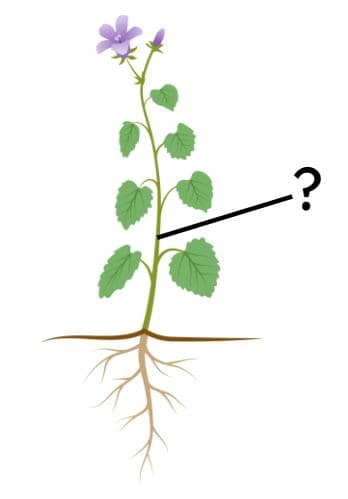
Q2.Which of these is not a plant stem?
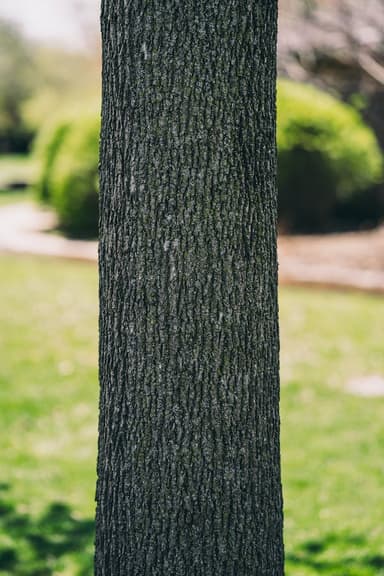
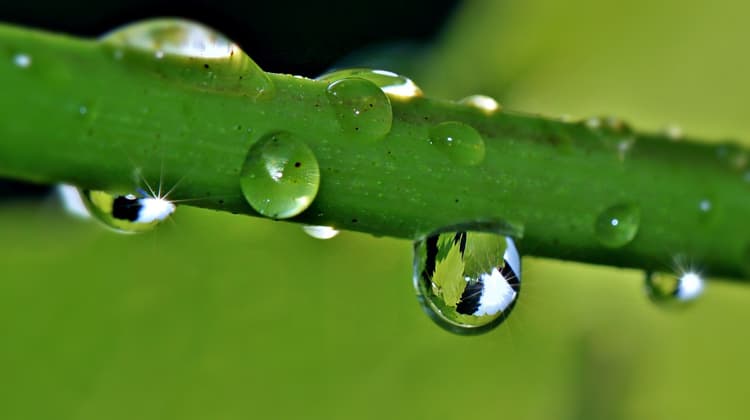

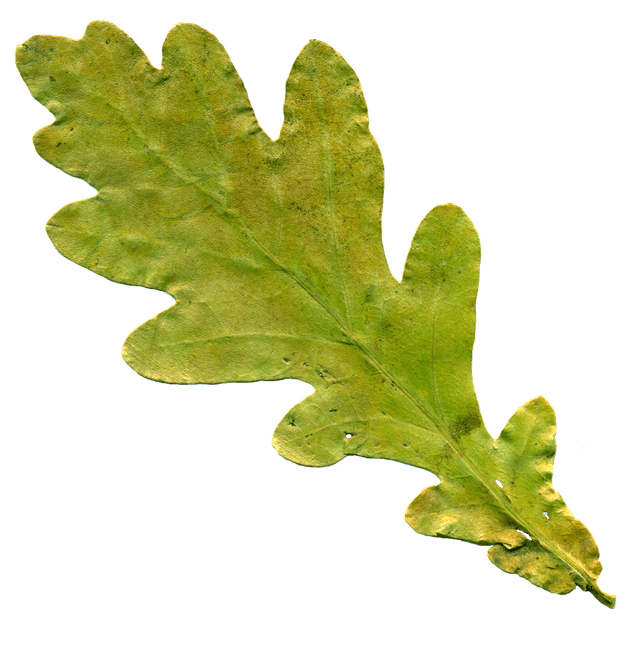
Q3.What does it mean to absorb something?
Q4.The task, or purpose, of something is called its …
Q5.What are the functions of roots on a plant?
Q6.The function of leaves on a plant is to …
Assessment exit quiz
6 Questions
Q1.How do plants get the water they need?
Q2.The water that leaves and flowers need is transported to them from the root through the .
Q3.What are the functions of a stem?
Q4.Plants can be ___________ to find out more about how they change.
Q5.Jun left a celery stalk in water with some red dye. After a few hours, the leaves started to turn red. Why did this happen?
